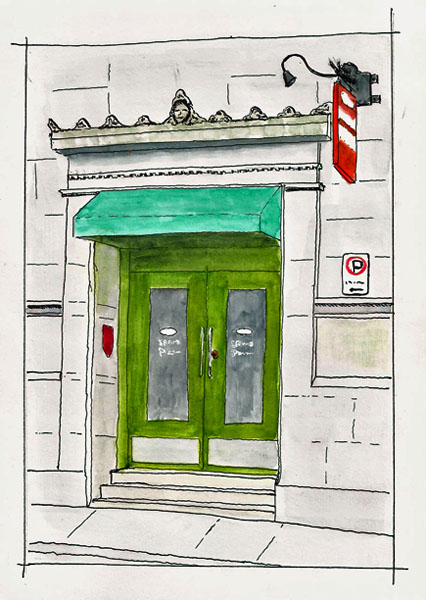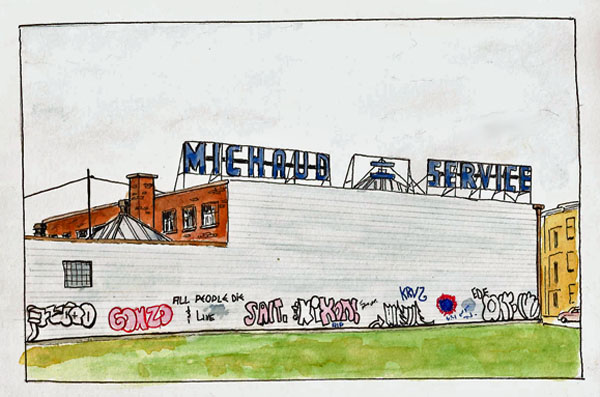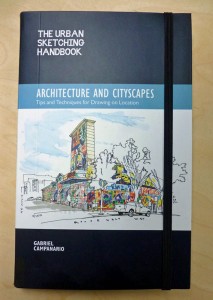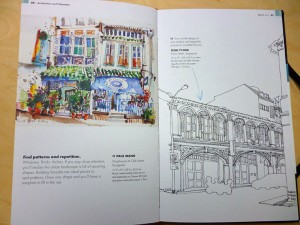 When I was in science I used to visit the Canadian Aviation and Space Museum regularly. It wasn’t because I was in science but rather because I’m an airplane fanatic airplanes and I worked at a research lab that was only a 90-minute drive to the museum.
When I was in science I used to visit the Canadian Aviation and Space Museum regularly. It wasn’t because I was in science but rather because I’m an airplane fanatic airplanes and I worked at a research lab that was only a 90-minute drive to the museum.
I mention this because I’ve been sketching for three years and until Dec 01, 2014, I had never drawn a single airplane, in spite of my passion for them. Why? Cuz I can’t get excited about drawing from photos and there isn’t much airplane activity in Quebec City.
But now that my daughter is living in Ottawa, I have an excuse to go there so I finally got to sketch at this museum. It’s a museum of significant size… airplanes are big and they have dozens of them under their roofs. The main building (photo) is quite large and there’s an equal-sized building just to the right of the photo. Both are packed to the gills with airplanes. It’s a wonderful place, at least I think so. Besides, if you’re old like me you can get in for $10 and they let you sketch to your hearts content.
I showed up shortly after opening time – at 10:30 and I quickly found a spot and started sketching. I was in ‘detail’ mode that day, which meant I was concentrating hard on proper shape and proportion as, well, you know – airplanes are just supposed to be drawn “right”, don’tcha think? You would if you were an airplane fanatic like I am. Anyways, I used a pencil to draw the large shapes and then moved to my Pilot Falcon filled with DeAtramentis Black. I was working in a Stillman & Birn Alpha (10×7) sketchbook – my favorite working surface.

Curtiss Seagull (in Stillman & Birn Alpha 10×7 sketchbook, Pilot Falcon, DeAtramentis Black ink)
I spent about one and a half hours getting the ink done and then took a break to have some coffee and relax. While I was in the restaurant I added the color (Daniel Smith) to the sketch. I was pretty pleased with the results but also a bit fatigued so I kicked back, enjoyed the coffee, which was no longer hot, and then spent a few minutes wandering around the museum.
It was almost 12:30 by the time I decided to draw this T-33. It’s always been a favorite and I could sit in an out of the way place and draw. I needed to get on the road back to Quebec City by 1:30 so I quickly laid out some shapes and guidelines and went to work with my pen. By 1:30 I had created this sketch and decided I’d better add color when I got home so I snapped a couple photos for reference.

T33 sketch with inspiration
I’m really bad about adding color to sketches and have a lot of them that ‘I’ll color it later’ never happened. This was, almost, one of those sketches as I forgot all about it until I started to do this blog post. Here’s the sketch with some color added. I can’t wait to return to that museum. Did I mention that I like airplanes (grin)?
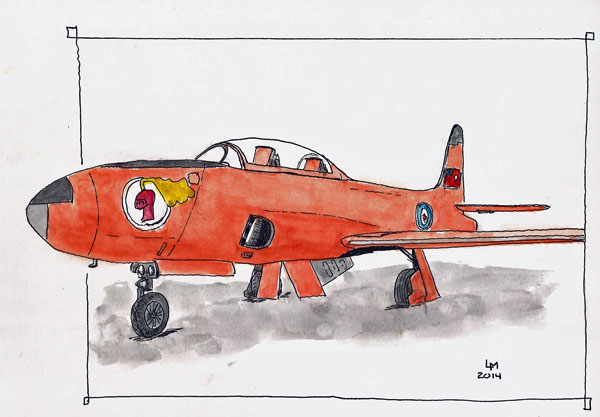
T-33 (Stillman & Birn Alpha 10×7, Pilot Falcon, DeAtramentis Black ink)

